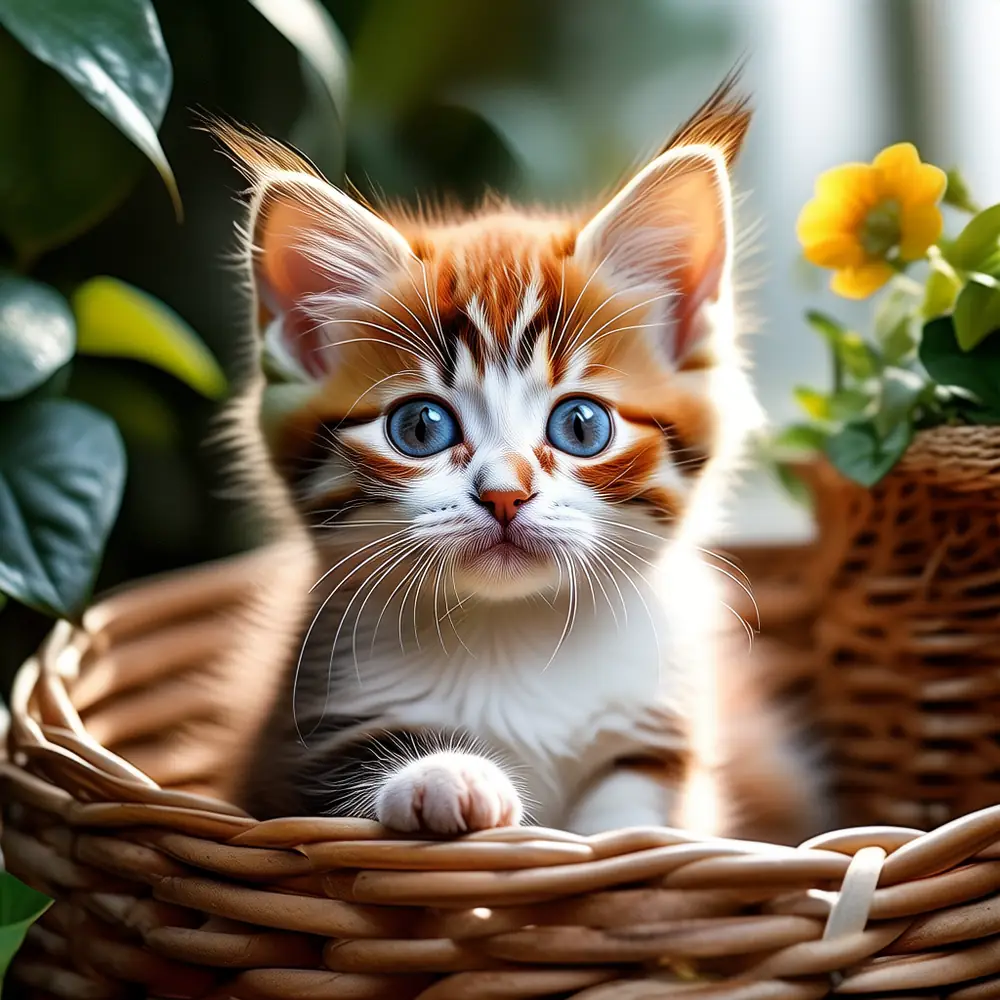Keeping Your Feline Friend Safe and Sound: Essential Tips
As a cat owner, ensuring the safety of your pet is not just a responsibility but a way to show how much you care. A safe environment means a happy, healthy, and long life for your feline friend. Whether you have a curious kitten or a seasoned senior, these guidelines will help you create a secure and loving home.
First and foremost, **secure your windows and balconies**. Cats are naturally curious and love to explore, which can sometimes lead to dangerous situations. Install sturdy screens on all windows and ensure that any open balconies are cat-proofed with netting or barriers. This simple step can prevent falls and escapes, keeping your pet safe from the dangers of the outside world.
Next, **keep toxic substances out of reach**. Many common household items, such as cleaning products, plants, and certain foods, can be harmful to cats. Store chemicals in locked cabinets, and research which plants are safe for your pet. For example, lilies are highly toxic to cats, so it’s best to avoid them altogether. By being mindful of what’s in your home, you can prevent accidental poisonings and keep your cat healthy.
Another important tip is to **regularly check and maintain your cat’s collar and ID tag**. Even indoor cats can occasionally slip out, and a well-fitted collar with an up-to-date ID tag can make all the difference if they get lost. Microchipping is also a great option, as it provides a permanent form of identification. Make sure to update your contact information with the microchip registry whenever you move or change phone numbers.
A common mistake many cat owners make is **overlooking the importance of regular vet check-ups**. Regular visits to the vet can help catch potential health issues early, ensuring your cat stays in top condition. Schedule annual check-ups and stay up-to-date with vaccinations and parasite control. This proactive approach can save you from more serious (and expensive) problems down the line.
- Secure windows and balconies with sturdy screens and barriers.
- Store toxic substances, like cleaning products and certain plants, out of reach.
- Regularly check and maintain your cat’s collar and ID tag, and consider microchipping.
- Schedule regular vet check-ups to catch and address health issues early.
- Create a safe play area with cat-friendly toys and scratching posts.
Final Thought
By following these simple yet effective guidelines, you can create a safe and nurturing environment for your feline friend. Remember, a little prevention goes a long way in ensuring your cat’s well-being and happiness. Happy purring!
